In a stunning about-face, FFA's XI Principles document has defended the cost of grassroots football fees in Australia despite criticism from the Principles' own ex-Socceroo panel that fees are "ridiculous".
FFA today re-released their own XI Principles document, with the final edition meant to reflect the changes that are currently occurring in the Australian game and provide a solid blueprint henceforth for the governing body to follow.
One of the founding principles of the last document, although details were always scarce, was the clearly outlined statement in Principle Nine that FFA should
"Ensure that football becomes more open to the community and that cost does not remain a barrier to participation."
Point 4.9 on the re-released version that is accessible as a summary document here makes the statement even clearer: "Reduce the cost of football and secure the future of the game".
However the re-released XI Principles document appears to backtrack from this statement significantly, calling grassroots and community fees directly under this statement "competitive", "greater value" and blaming high average prices on private academies.
"It has been acknowledged that in the case of grassroots and community football, the cost to play football, comparatively, is quite competitive and in many cases, provides greater value than other sports," the XI Principles document states.
"The impact of private academies is also contributing to a higher average cost of participation, but which clearly services a greater demand for football for the community than is typically able to be met by affiliated football clubs – this requires further consideration.
"The need to develop a more accurate narrative about this area, through the dissemination of accurate information, has also been highlighted."
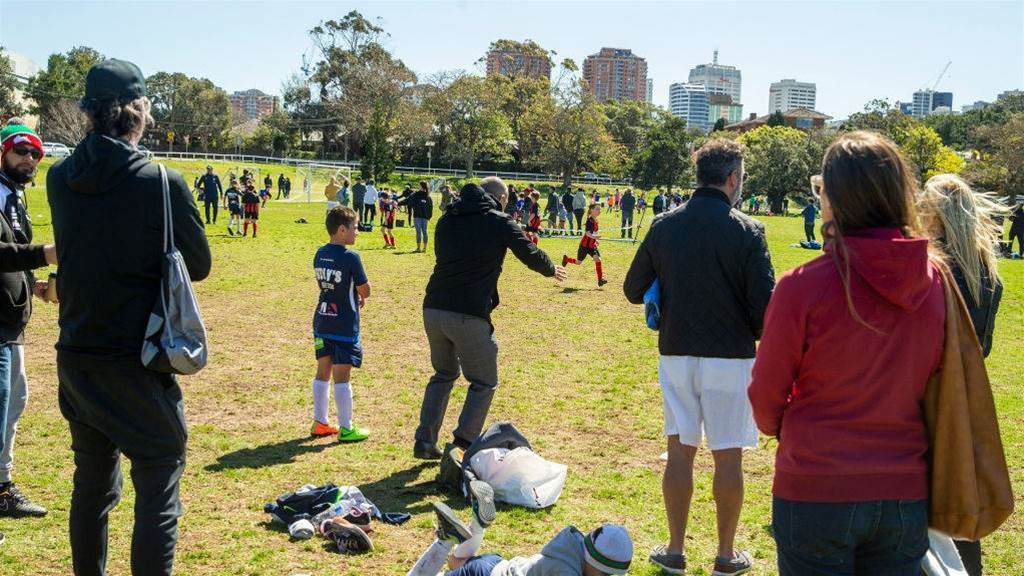
This statement comes just four months after many of the most prominent members of the XI Principles Starting XI advisory panel (and other Socceroos golden generation footballers) Mark Viduka, Mark Schwarzer, John Aloisi, Josip Skoko, Craig Moore and Vince Grella told Optus Sport that fees were ridiculous and creating an elitist football culture in Australia.
“The fact it costs so much is ridiculous,” Schwarzer told Optus Sport’s State of Football. "Think about it, it is becoming an elitist sport.
“This circular from Football NSW … not a dig at them, (is) a general summary of where we are and what costs are involved.
"I know the FFA often cop the brunt of the cost of registration. Under-13 or 14 in the youth system, between under 13 and 16, the clubs can charge you up $2650 per annum to play at the club. Of which, the FFA only receive $14 of that fee.
“The vast majority goes back into grassroots football. The FFA get a bad rap, but the facts are there, Football NSW receive $38, so where is the rest?”
“The issue is, no one knows 100% where the money goes, so it is up to clubs to show where that money goes.”
55-time Socceroo Aloisi added: “The issue that I have is when it (the money) goes to senior NPL players and they’re earning between $500-2000 a game. I don’t think money from the juniors should actually be going to the NPL players.”
Grella and Viduka, based in Italy and Croatia respectively, went on to say the cost for juniors in their countries vary from $70 per month to $350 per year. Skoko, who is on the board of Victorian club North Geelong Warriors, provided an example of where the fees are spent.
“I’m on the board of my local club, for the NPL program I do the breakdown,” he told Optus Sport, "(The) club charges $1750, we could charge $2.5k and we wouldn’t get any change.
“None of that money would go the seniors, it goes to referees, the gear, the registration, hiring of fields, watering of fields, curating of fields, facilities and you wouldn’t get any change.
FTBL recently broke down some of the costs faced by NPL and NPLW clubs with Southern United’s President Shannon Palmer and the costs are definitely significant.
The hiring cost of council grounds can be phenomenal. Sources say that Frankston Council wanted $50,000 up front for Southern United to play out of a newly built shared venue at Wedge Road. Then the cost of hiring the venue is up to $35 per hour.
Coaches from seniors right down to under 12s have to have minimum qualifications and referee fees are highly significant, for under 12s to seniors it costs up to $940 per home game. As part of the clubs' licence agreements, teams need to provide food for both matchday teams. When you add this to the cost of referee fees, that is already well over $1,000 each Saturday or Sunday.
Not many clubs can generate that amount of money alone on their own from matchday canteen takings or general revenue. This is without taking into account venue hire, coaches wages and of course the $11,000 licence fee that each club must fork out annually to the member federations.
“The challenge to have an income is huge and not easily over-come,” lamented Palmer. “Parents and volunteers get sick and tired of fundraising all the time. The challenge is there is no exposure to be able to generate other forms of income, like sell advertising to sponsors.
“It is inevitable some of these expenses do get passed on to the kids, yet FV somehow wants us to lower our fees. It is not possible from a club perspective.
"I highly doubt Football Victoria will ever share the $11,000 fee to anyone or any club,” she said. “It just wont happen. You’ll have bigger clubs like South and Calder get upset because Southern can’t make their books balance, so they make up the shortfall.
“What we need to remember is that no club is supposed to pay players. Yet all the big clubs do and even the smaller ones when the right player comes along.
“This can never be equalised.”
FFA's own Principles document outlines the issue in greater detail within, admitting that over $160 million - a "significant sum" is levied on players and parents across Australia. It goes on to state that questions must be asked over how effective the spending of that money is on the game's administration.
That $160 million is then funnelled, in the bottom-up funding model unique to Australian football among the major Australian sporting codes, all the way through the clubs and federations to FFA.
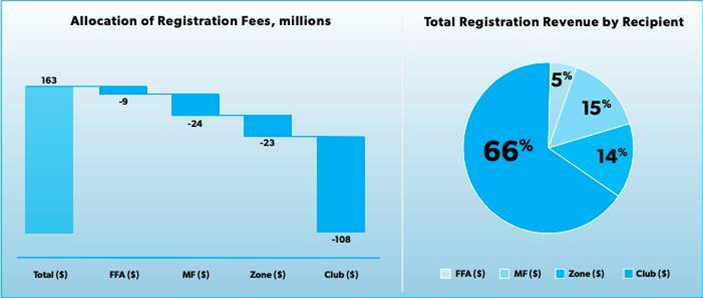
Related Articles
.jpeg&h=172&w=306&c=1&s=1)
Socceroos prodigy returns to A-League after horror run
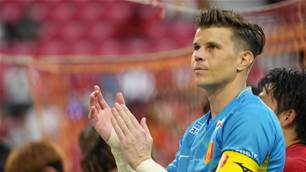
Star keeper's exit heralds hero's return at A-League giant

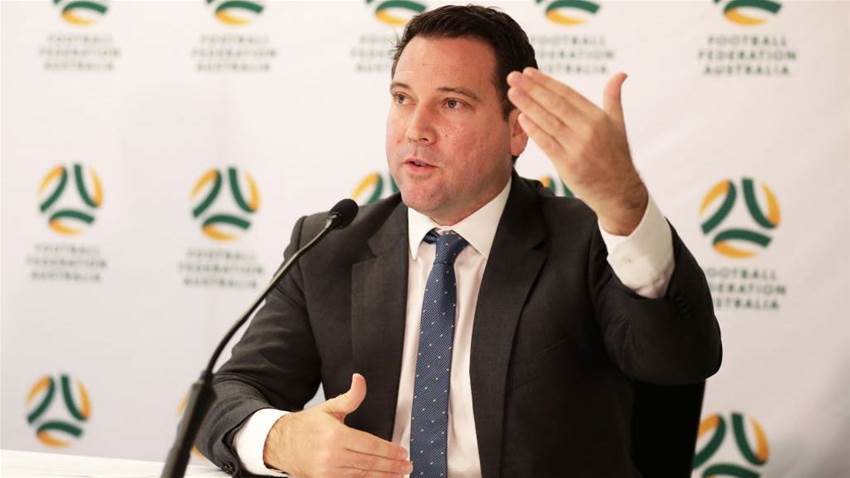


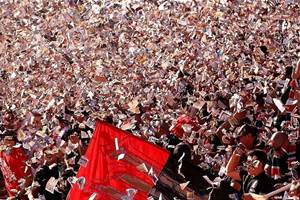
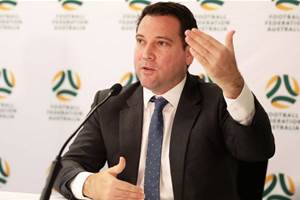
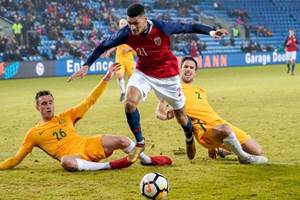
.jpg&h=200&w=300&c=1&s=1)











